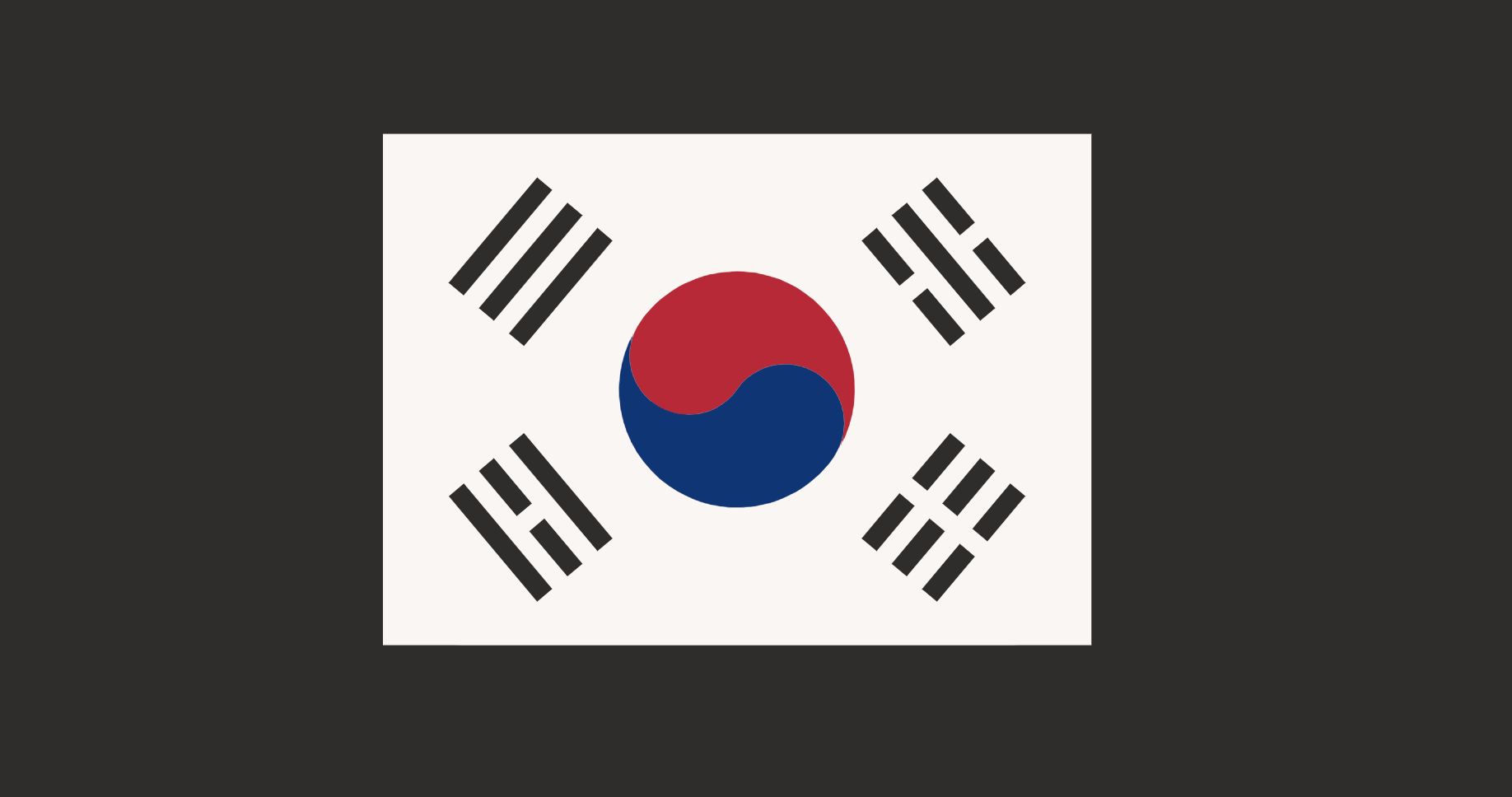The South Korean flag, commonly known as the 태극기 (Taegeukgi), is a vibrant and captivating emblem that holds deep historical significance and cultural symbolism. This flag, with its bold colors and distinctive design, represents the essence of South Korea’s rich heritage and national identity. In this blog post, I’ll dive into the history, colors, symbols, and the tradition of displaying the South Korean flag during national holidays.

A Glimpse into History
During a time when Korea was under significant external pressures and colonial influences during the late 18th and early 19th century, the Government of the Joseon Dynasty (former Korean kingdom) realized the need of having a powerful emblem of national identity and resistance. Even though the main parts of the South Korean Flag have been important symbols in Korean Culture for ages, the South Korean flag as we know it today, was introduced in August of 1948, when the state of South Korea was established after the end of the japanese occupation.
Meaning & Origin
The flag’s design, featuring the colored circle in the center (known as “Taegeuk”) surrounded by four trigrams, finds its roots in Korean cosmology and philosophy and Korean traditions and customs.
Symbolic Colors:
The South Korean flag’s colors are vibrant and meaningful, each representing a distinct aspect of Korean culture and history:
- White: The background represents light, purity & peace. White is a traditional color in Korean culture, often seen in Hanbok or Korean Art.
- Red: The upper section of the flag is dominated by a vibrant red color, which symbolizes the passion, courage, and resilience of the Korean people. It signifies their unwavering spirit and determination, especially evident in their struggles for independence and progress.
- Blue: The lower section features a serene blue hue, representing the peaceful nature of the Korean people and their aspirations for tranquility and harmony. It reflects the desire for a peaceful coexistence and diplomatic relations with other nations.

Taegeuk
At the heart of the South Korean flag lies the 태극 (Taegeuk), a circle divided into two halves: dark and light, red and blue. This symbol represents the eternal cycle of balance and harmony between opposing forces of the universe. The red half stands for the positive cosmic forces & is called 양 (Yang), the blue half for the negative cosmic forces and is called 음 (eum).
It is an often used motif in Korean Culture and therefore seen in many variations and places:

Trigrams
The four trigrams surrounding the Taegeuk represent the fundamental elements of the universe: heaven, earth, fire, and water. Together, these elements emphasize the interconnectedness of all things and the importance of equilibrium – a state of balance between opposing forces.
Those trigrams actually have multiple meanings following Confucian ideologies:

Display of National Pride
South Koreans proudly display their flag during national holidays and significant events, showcasing their patriotism and unity. It is a sight to behold as streets, buildings, and homes across the country are adorned with fluttering “Taegeukgis” during occasions like Liberation Day (8/15), Independence Movement Day (3/1), and Constitution Day (7/17). This practice serves as a reminder of the nation’s history, struggles, and achievements.














